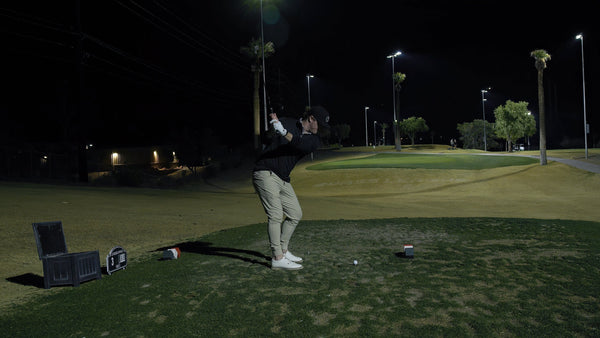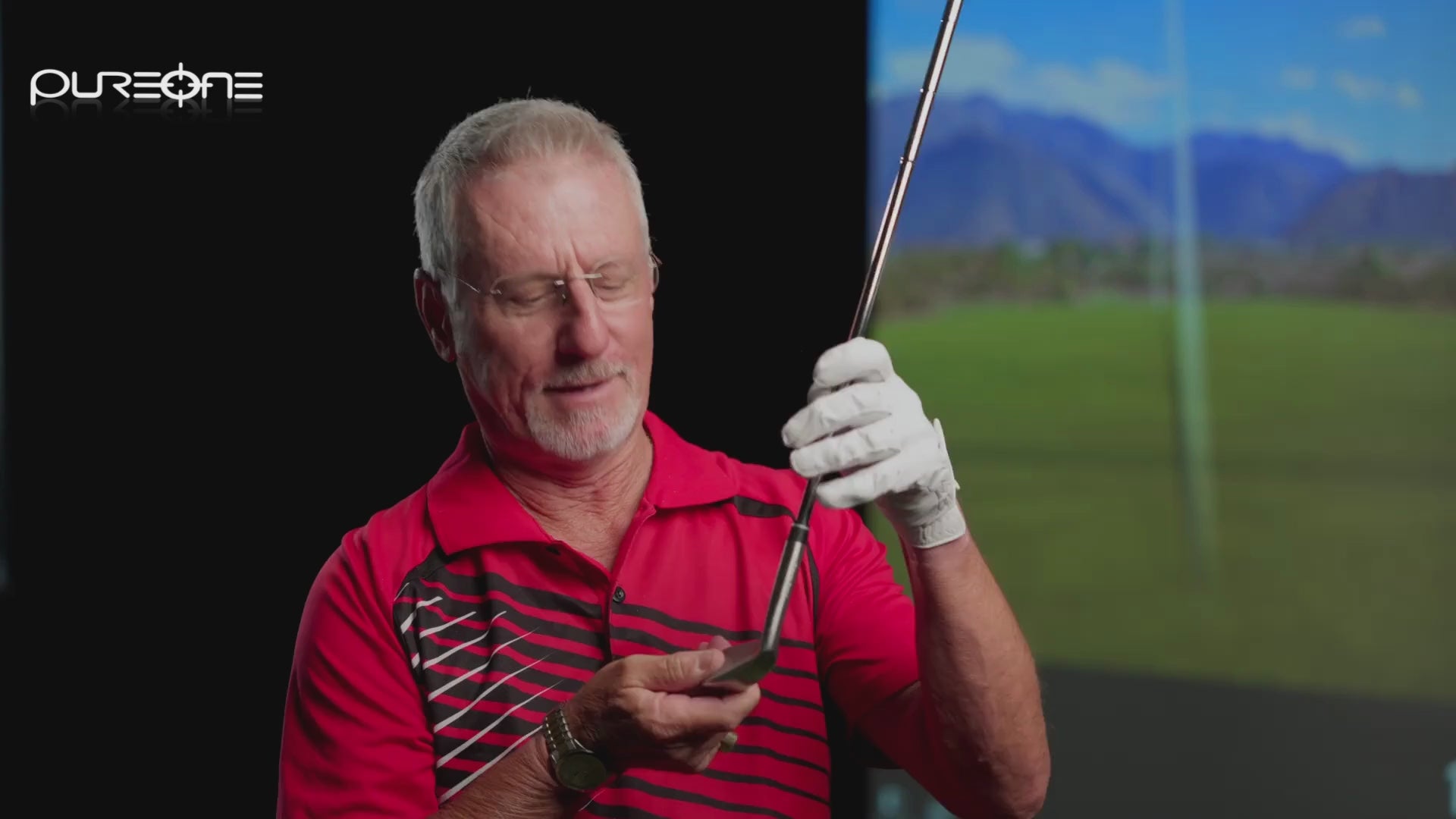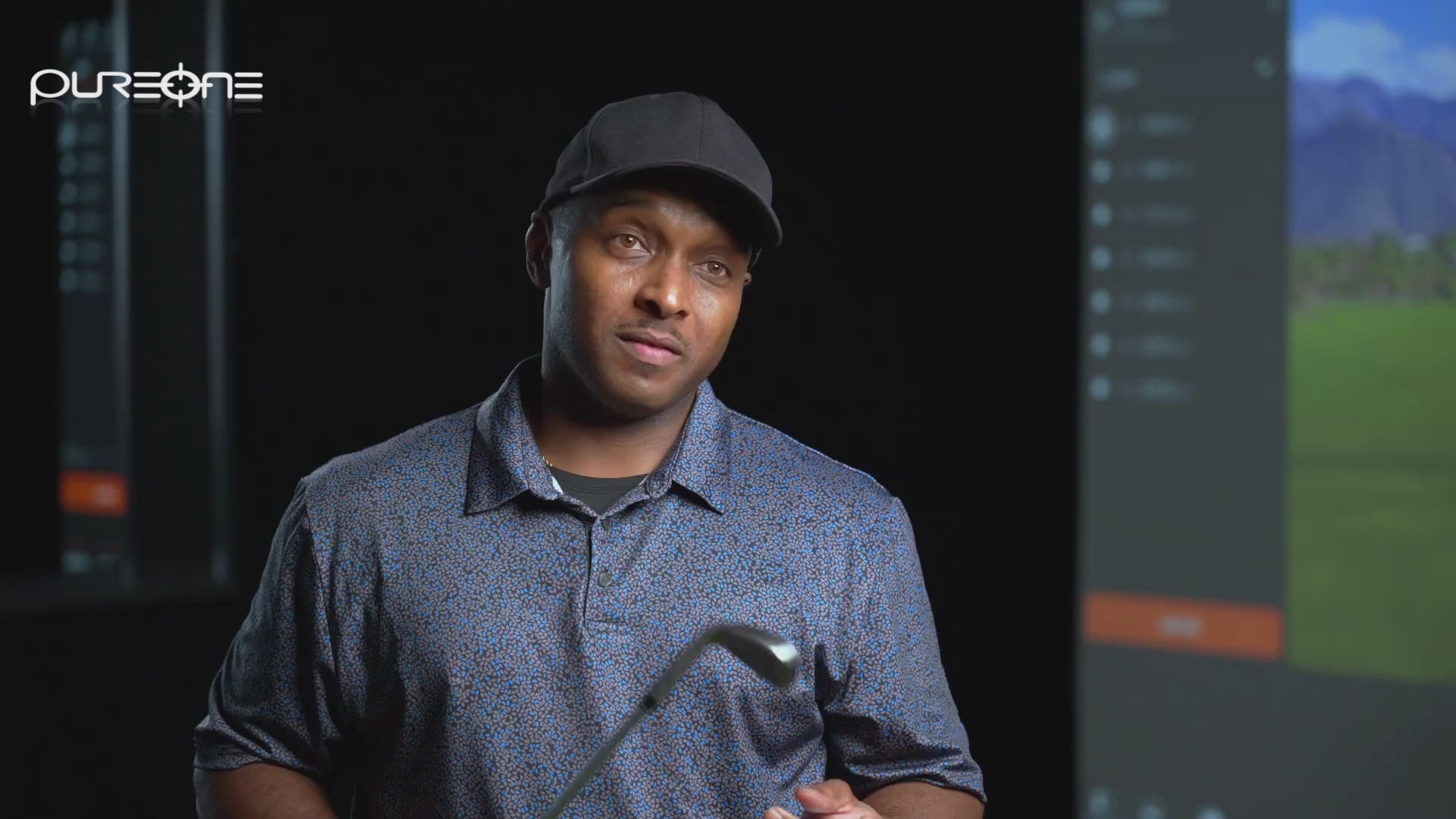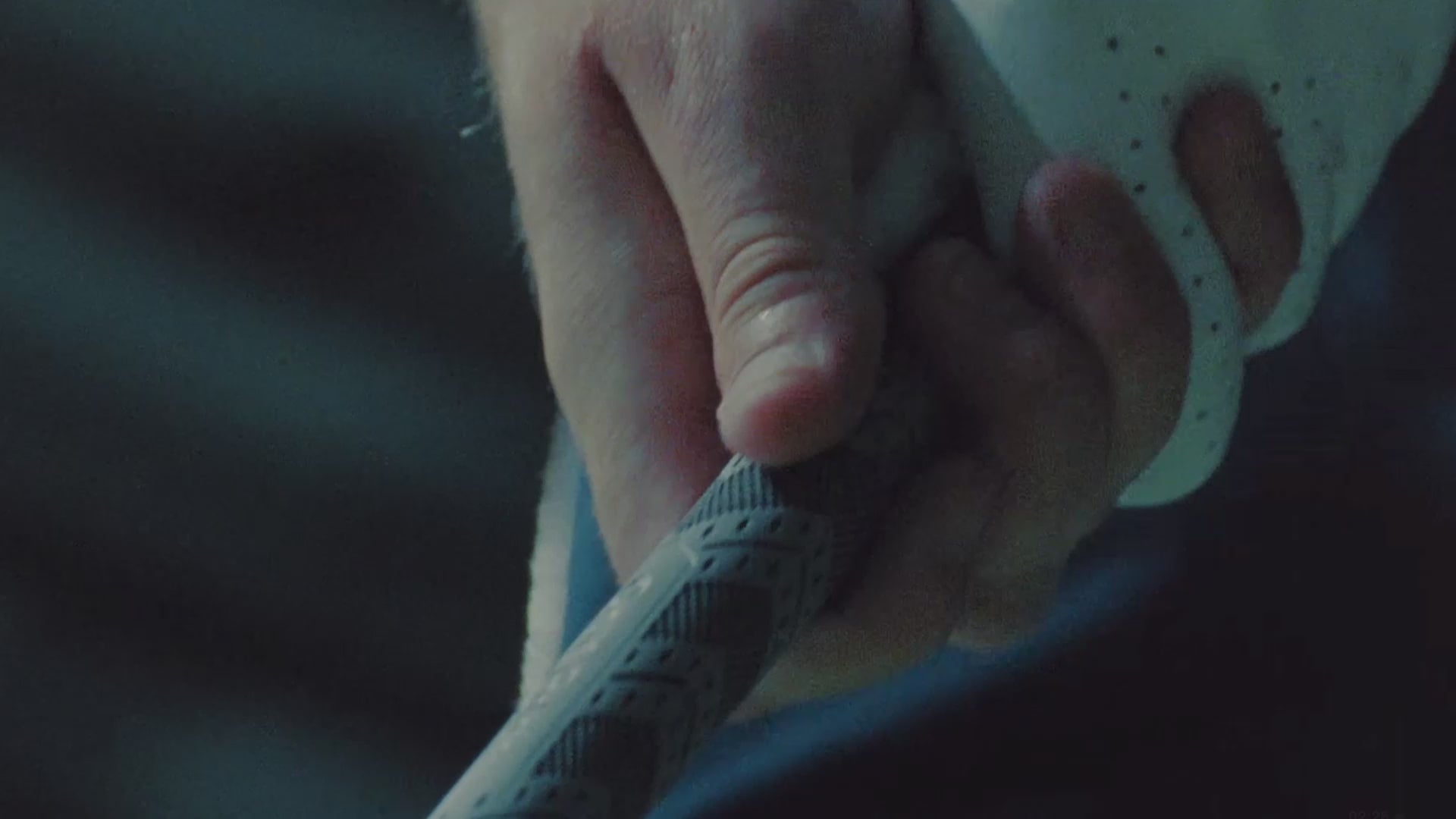How to Improve Your Golf Swing Sequencing for More Power and Accuracy
Jun 18, 2025
If you’ve ever felt like your golf swing is inconsistent from round to round or even shot to shot — and who here hasn't? — the problem may be due to your golf swing sequencing. But using PureOne Golf's practice clubs to improve your sequencing can lead to better contact, tighter shot dispersion, and a more repeatable swing that performs under pressure.
So how can you develop proper golf swing sequencing? By reading below, which breaks down what sequencing is, why it’s essential, and how to improve it with some simple drills and expert-backed golf tips.
What Is Golf Swing Sequencing?
Swing sequencing refers to the order in which different parts of your body move during the golf swing. Ideally, the sequence begins from the ground up, starting with your hips, then the torso, then your arms, and finishing with the club. When this chain of motion happens in sync, it creates effortless power and better clubface control.
Poor sequencing — such as starting the downswing with your arms or upper body — leads to slices, weak shots, and a major loss of distance.
Why Swing Sequencing Matters
Proper sequencing helps you do the following in the golf swing:
- Improves shot consistency across all clubs
- Squares the clubface at impact for straighter shots
- Generates maximum clubhead speed with more control
- Reduces the risk of injury by allowing your body to move naturally
If you’re struggling to compress the ball or feel like your golf swing tempo is out of whack, there's a good chance your swing sequence is off.
How to Improve Your Golf Swing Sequence
So what can a beginner golfer to a hopeful scratch golfer do to improve their golf swing sequencing? Here are five proven ways.
1. Use Ground Forces Effectively. Initiate your downswing by pressing into the ground with your lead foot. This starts the chain reaction upward through your hips and torso, which should feel like you're loading and then launching.
A good drill to feel this is the “step-through drill” (which was made famous by Gary Player). To do it, simply take your backswing and step forward with your trail foot as you swing through. This helps you feel the transition from the lower to the upper body.
2. Slow Motion Swings. Practicing your swing in slow motion helps train your brain to fire the correct body parts in the right order. Focus on feeling the transition — hips first, then torso, then arms.
3. Use a "Pause at the Top" Drill. This drill improves the timing of your transition. To practice this, take a full backswing, pause for 1–2 seconds at the top, then start the downswing with your hips. It eliminates the tendency to rush from the top with your hands.
4. Use a Resistance Band. Attach a resistance band to a stationary object and loop it around your lead hip — similar to this band drill from pro golfer Emilio Gonzalez. Practice initiating the downswing by pulling the hip against the resistance band, which trains your lower body to properly be activated.
5. Utilize Data From a Launch Monitor. While using your PureOne practice club, we suggest incorporating technology from a launch monitor into your driving range sessions. By doing so, you'll see instant feedback from both the shot results and the data on your golf swing.
Why Sequencing Is the Secret Sauce
Improving your golf swing sequencing isn’t about swinging harder, it’s about swinging smarter. When each part of your body works in harmony, you’ll hit the ball farther, more accurately, and with less strain — which will, ultimately, lead to lower scores.
Want more golf tips like this? Follow PureOne Golf on Instagram and YouTube, and explore our golf practice clubs, which are designed to help you groove perfect golf shots every time you practice.






